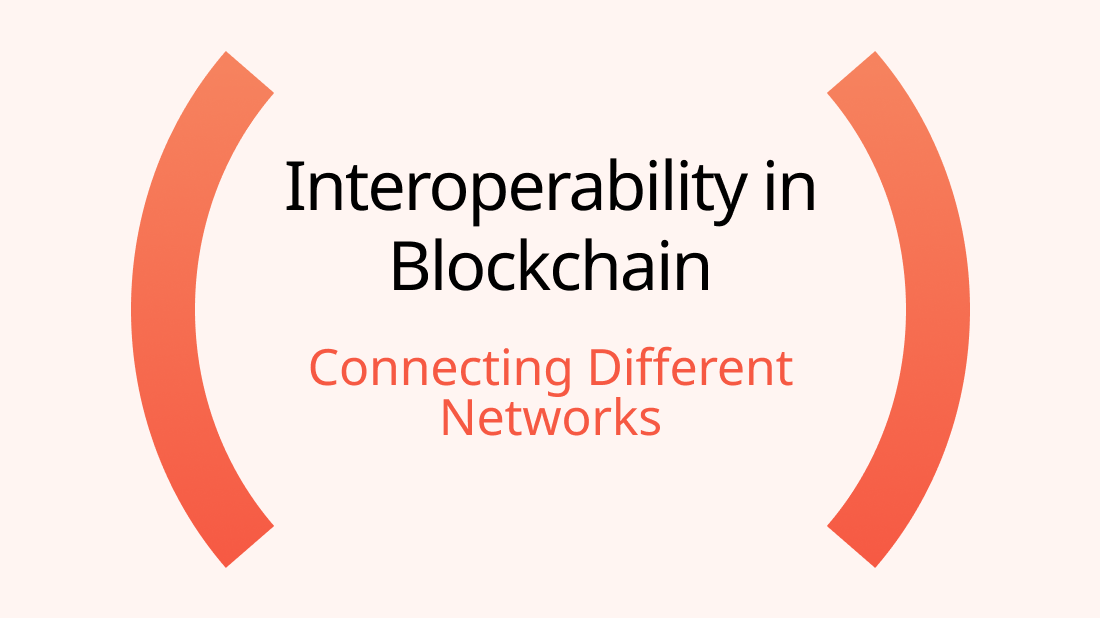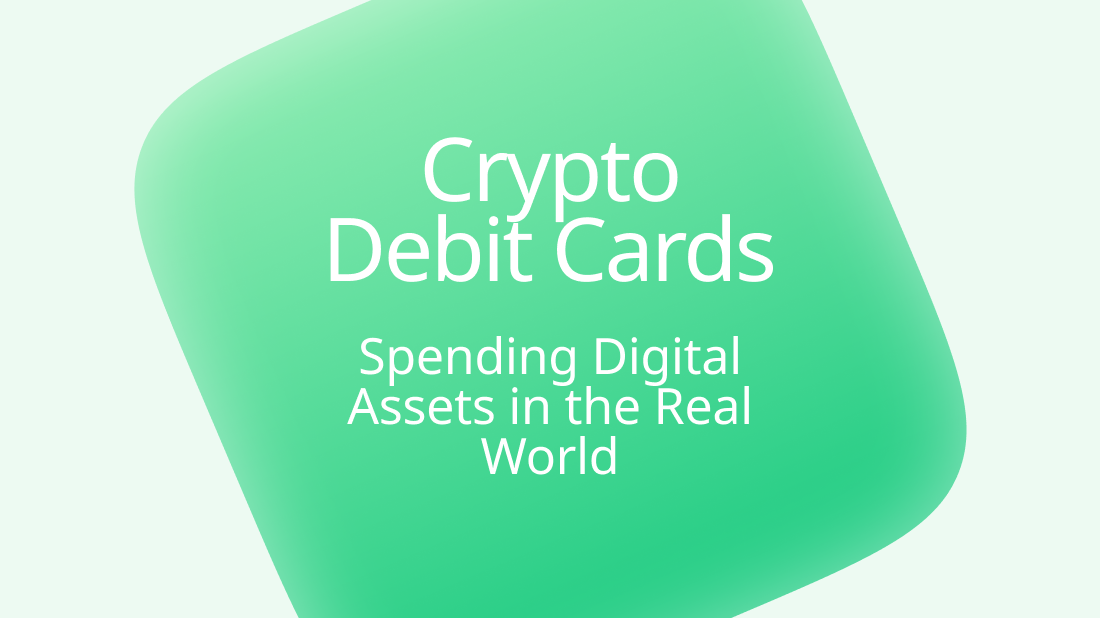Cryptocurrency Lending Platforms: How They Work and Why They Matter

Cryptocurrency lending platforms are revolutionizing the way we think about loans and interest, leveraging blockchain technology to create new opportunities for both borrowers and lenders. As digital asset lending continues to grow, it is essential to understand how these platforms operate, their benefits, and the associated risks. This article will delve into the world of cryptocurrency lending, offering insights into its functionality and significance.
Understanding Cryptocurrency Lending Platforms
What is Cryptocurrency Lending?
Cryptocurrency lending involves lending digital assets to borrowers in exchange for interest payments. These transactions are facilitated by platforms that connect lenders (who provide the assets) with borrowers (who need them). Unlike traditional lending, which involves banks and financial institutions, cryptocurrency lending is often decentralized, operating on blockchain networks.
How Do Cryptocurrency Lending Platforms Work?
Cryptocurrency lending platforms typically operate in two main ways: centralized and decentralized.
- Centralized Platforms: These platforms function similarly to traditional banks. A central authority manages the lending process, including verifying borrowers, holding collateral, and ensuring interest payments. Examples include BlockFi and Celsius Network.
- Decentralized Platforms (DeFi): These platforms operate without a central authority, using smart contracts to automate the lending process. Users can lend and borrow directly from each other, with the terms and conditions governed by code. Examples include Aave, Compound, and MakerDAO.
Key Components of Cryptocurrency Lending
- Collateral: Borrowers must provide collateral, usually in the form of other cryptocurrencies, to secure their loans. This collateral protects lenders against default.
- Smart Contracts: In DeFi platforms, smart contracts automate the lending process, ensuring that terms are met and collateral is handled appropriately.
- Interest Rates: Lenders earn interest on their lent assets, which can be either fixed or variable, depending on the platform and market conditions.
Benefits of Cryptocurrency Lending
High Returns for Lenders
One of the main attractions of cryptocurrency lending is the potential for high returns. Interest rates on crypto loans can be significantly higher than those offered by traditional savings accounts or fixed-income investments, making it an appealing option for investors.
Access to Liquidity for Borrowers
Cryptocurrency lending platforms provide borrowers with quick access to liquidity without the need to sell their digital assets. This is particularly useful for individuals who want to leverage their crypto holdings without incurring taxable events or missing out on potential price appreciation.
Decentralization and Accessibility
DeFi lending platforms democratize access to financial services, allowing anyone with an internet connection to participate. This inclusivity is especially beneficial for individuals in regions with limited access to traditional banking services.
Flexibility and Variety
Cryptocurrency lending platforms offer a range of products and services, including stablecoin loans, which are pegged to traditional currencies like the US dollar. This variety allows users to tailor their lending and borrowing strategies to their specific needs and risk tolerance.
Risks of Cryptocurrency Lending
Volatility of Digital Assets
Cryptocurrencies are known for their price volatility, which can pose significant risks in the lending market. If the value of the collateral drops significantly, borrowers may be required to provide additional collateral or face liquidation of their assets.
Smart Contract Vulnerabilities
While smart contracts offer automation and transparency, they are not immune to vulnerabilities. Bugs or exploits in the code can lead to significant financial losses. Therefore, it's crucial for DeFi platforms to undergo rigorous security audits and for users to understand the risks involved.
Regulatory Uncertainty
The regulatory landscape for cryptocurrency lending is still evolving. Changes in regulations could impact the operation of these platforms and the legality of certain activities. Both borrowers and lenders need to stay informed about the legal environment in their jurisdictions.
Counterparty Risk in Centralized Platforms
In centralized lending platforms, users must trust the platform to manage their funds responsibly. There have been instances of centralized platforms facing insolvency or mismanagement, leading to losses for users.
Why Cryptocurrency Lending Matters
Innovation in Finance
Cryptocurrency lending represents a significant innovation in the financial sector. By leveraging blockchain technology, these platforms offer new ways to earn interest and access credit, challenging traditional banking models and fostering competition.
Financial Inclusion
DeFi lending platforms, in particular, have the potential to promote financial inclusion by providing services to the unbanked and underbanked populations. This can help bridge the gap in access to financial services and empower individuals in economically disadvantaged regions.
Enhanced Capital Efficiency
Cryptocurrency lending platforms allow for more efficient use of capital. Idle digital assets can be put to work, earning interest and contributing to the liquidity of the market. This increased capital efficiency can lead to more robust and resilient financial ecosystems.
Driving Adoption of Cryptocurrencies
As more individuals and institutions participate in cryptocurrency lending, the adoption and acceptance of digital assets are likely to grow. This increased adoption can lead to greater stability and maturity in the cryptocurrency market.
Conclusion
Cryptocurrency lending platforms are transforming the way we think about lending and borrowing, offering unique benefits and opportunities alongside inherent risks. By understanding how these platforms work and the potential they hold, individuals and institutions can make informed decisions about participating in this innovative financial landscape. As the technology and regulatory environment continue to evolve, cryptocurrency lending is poised to play an increasingly important role in the future of finance.












